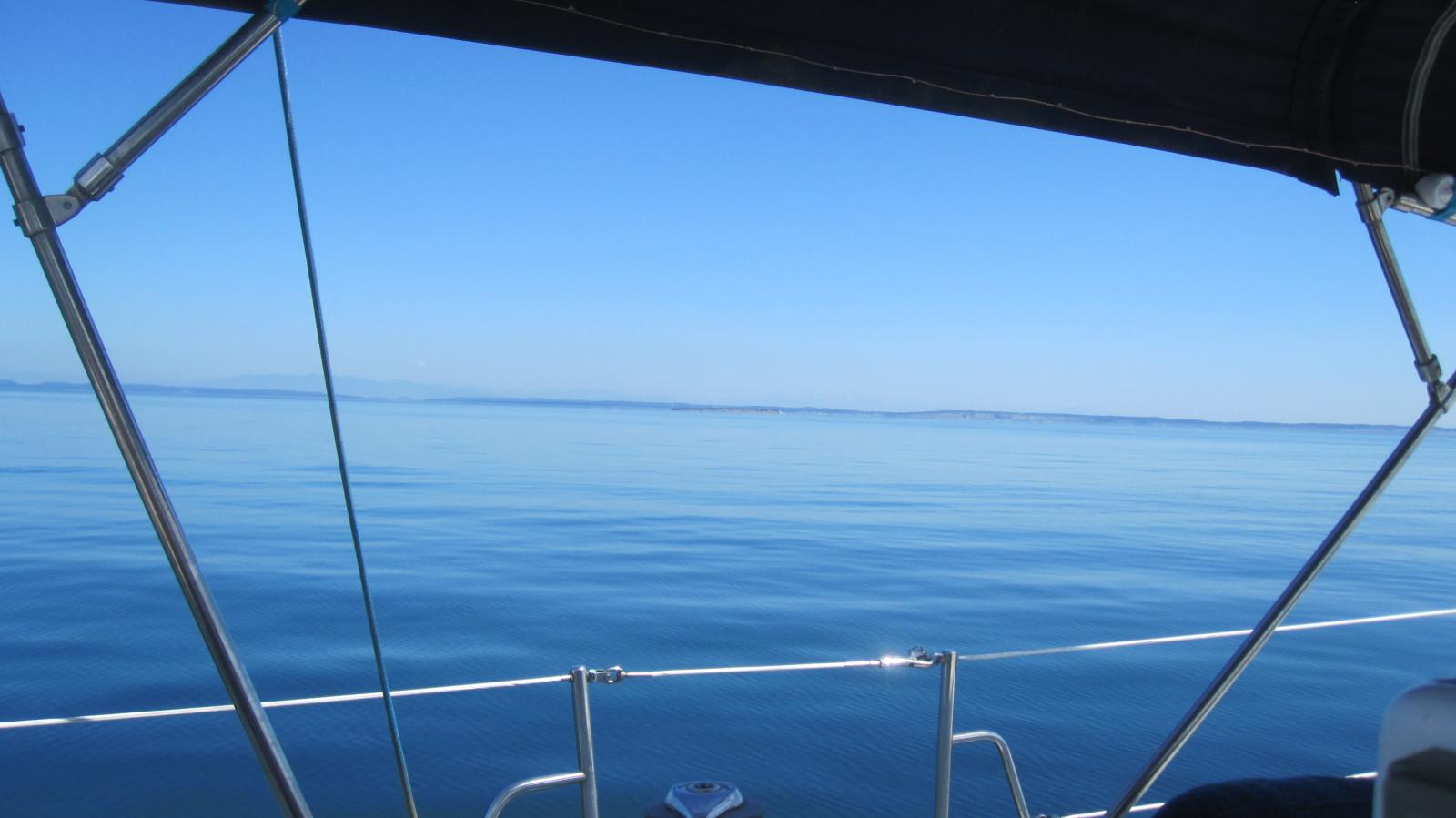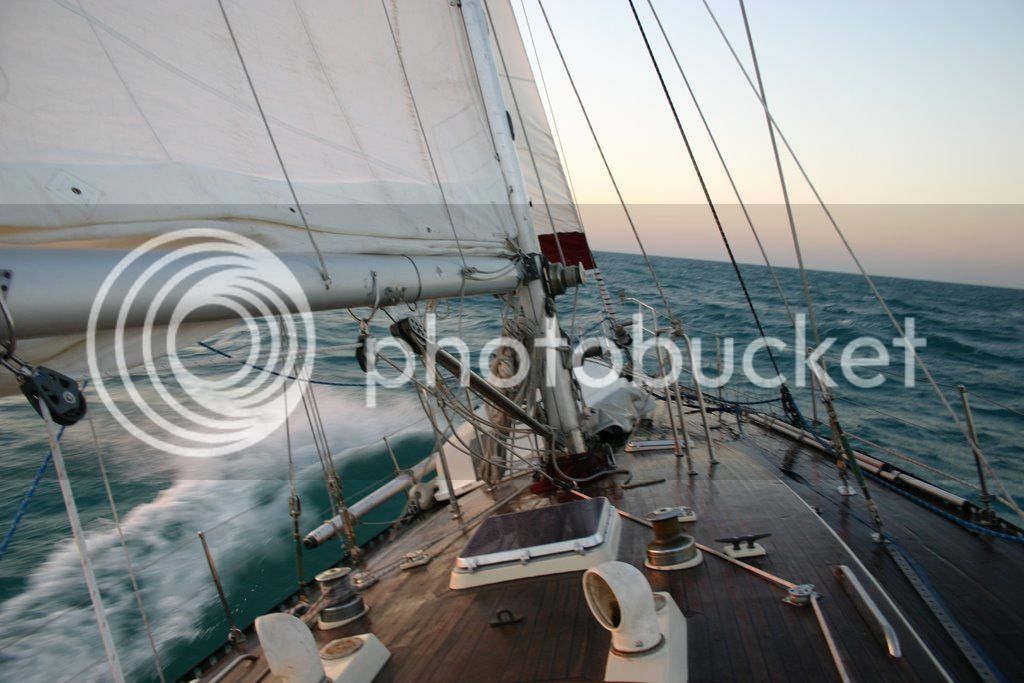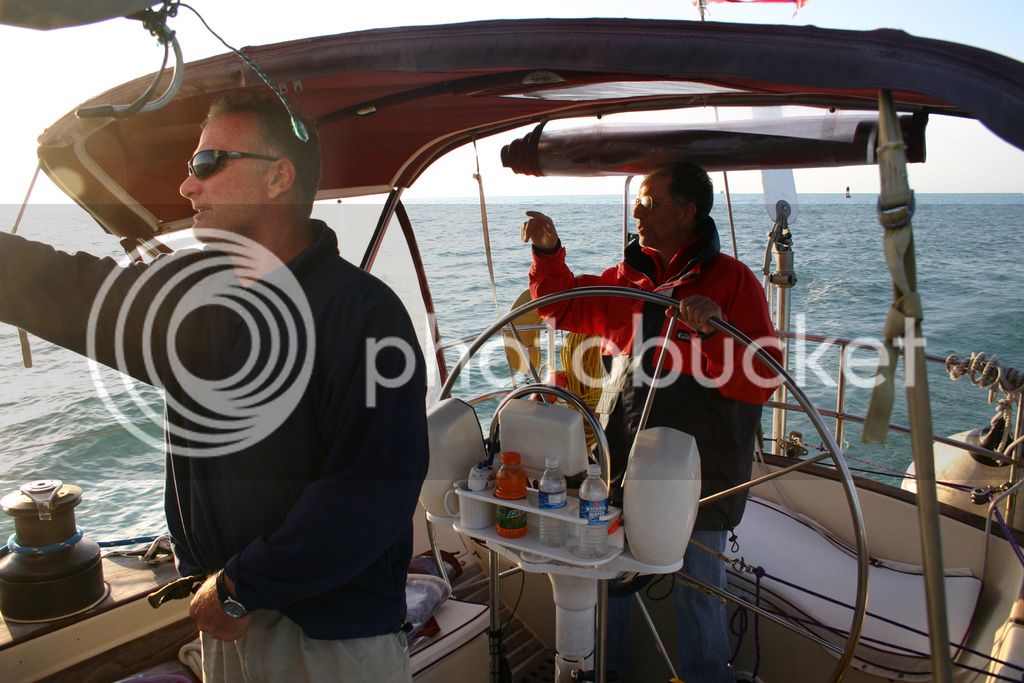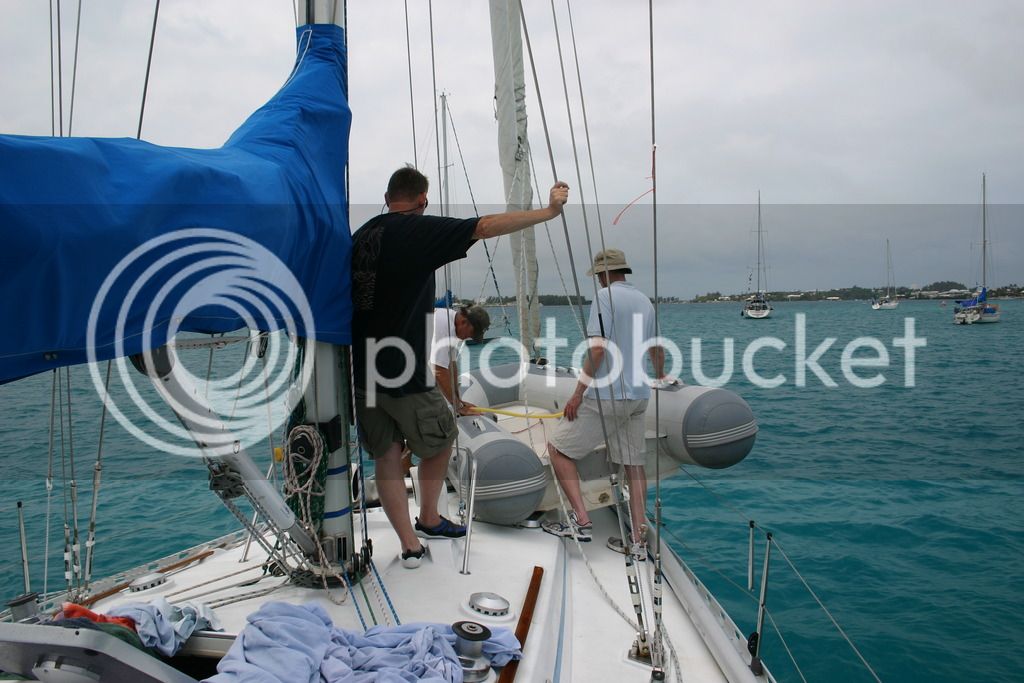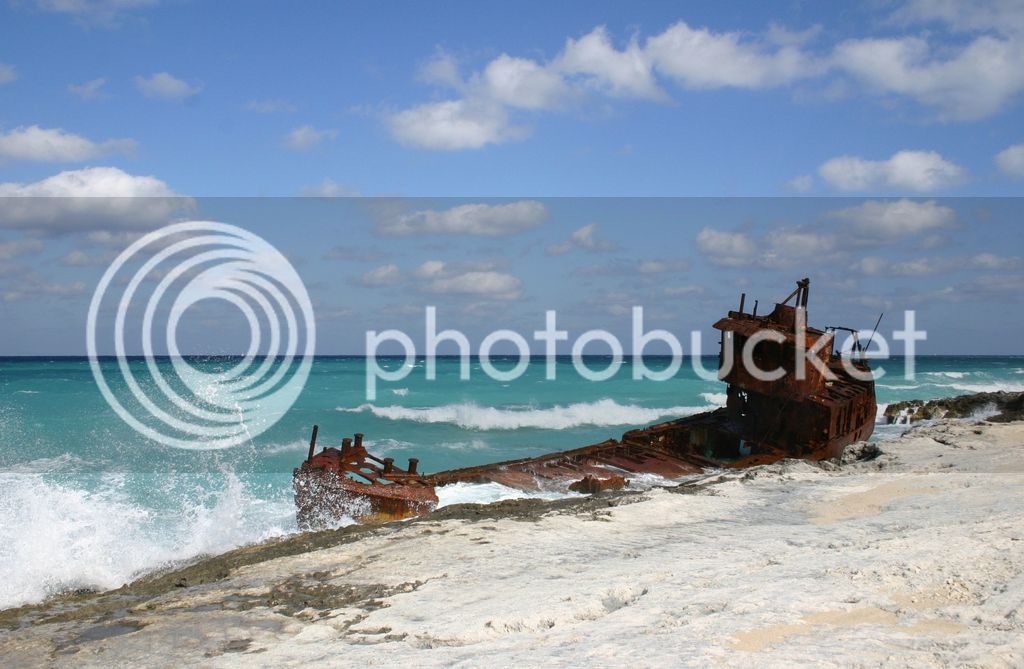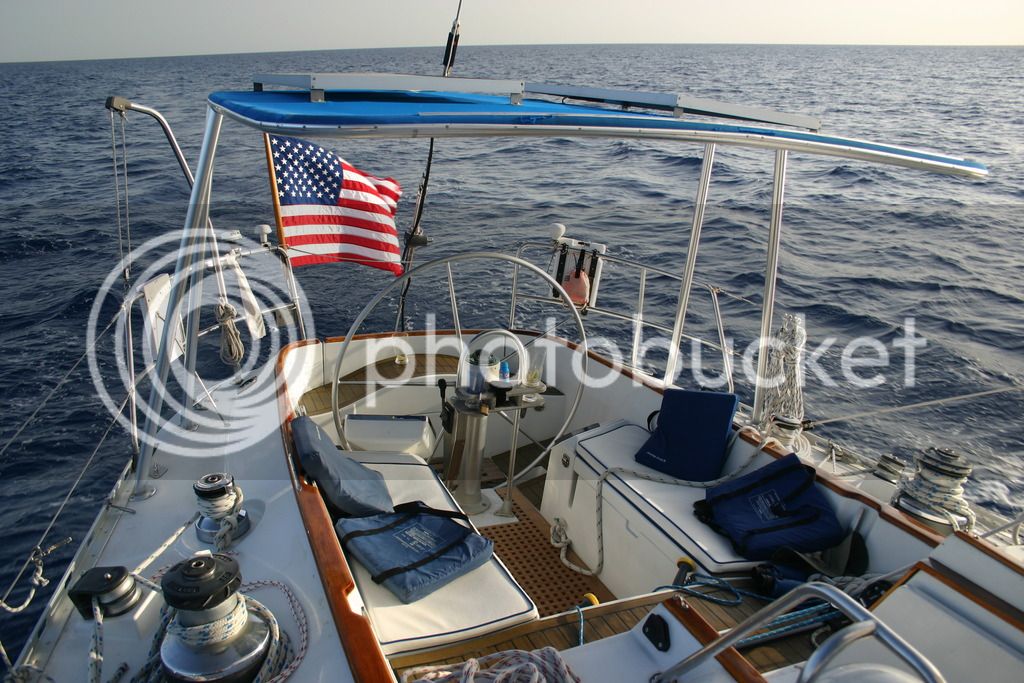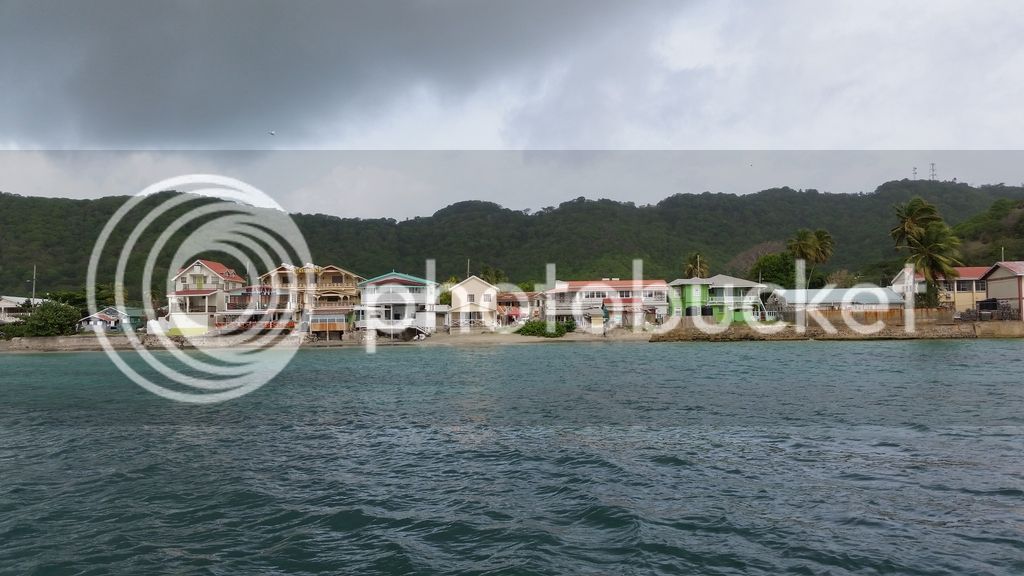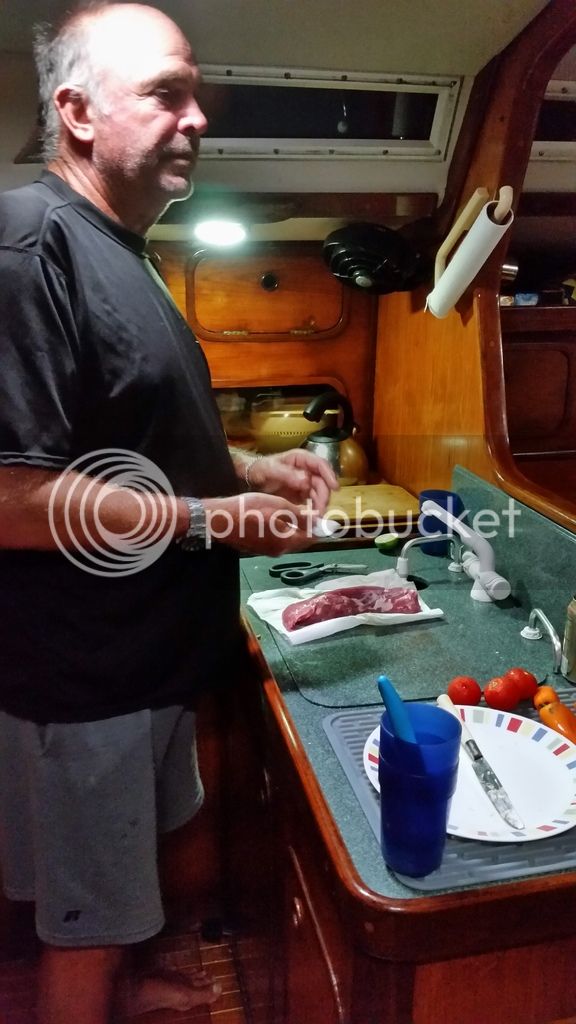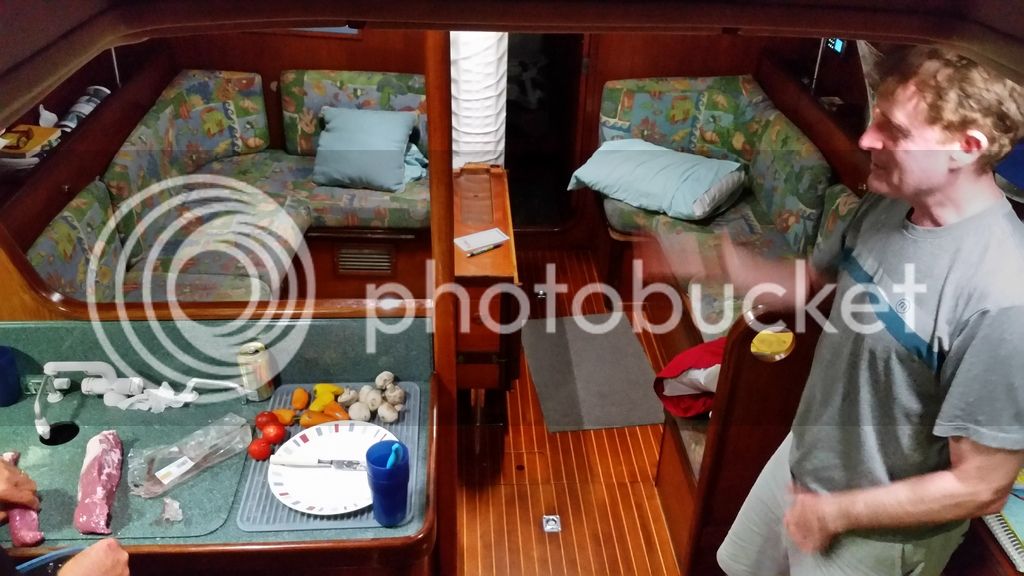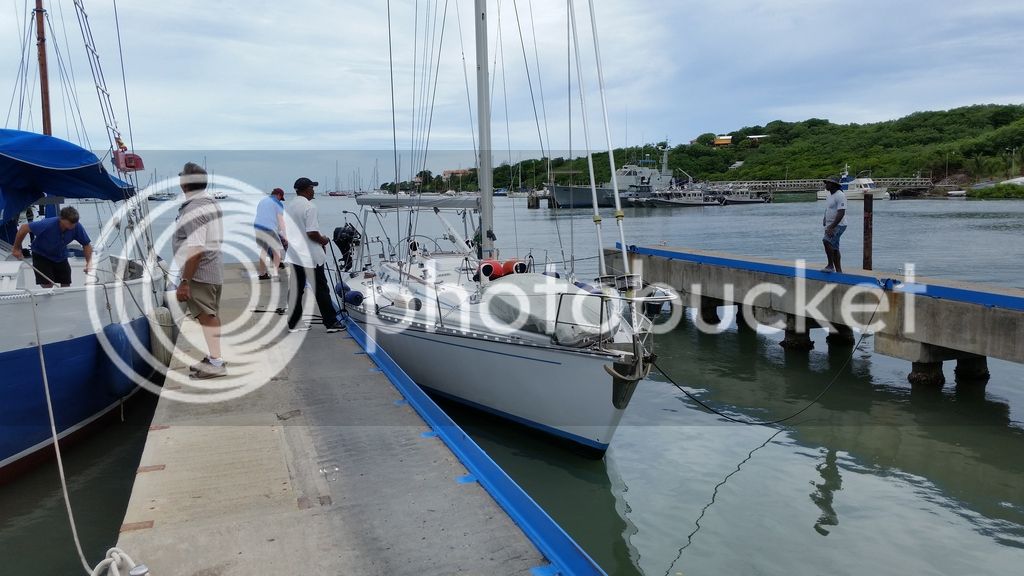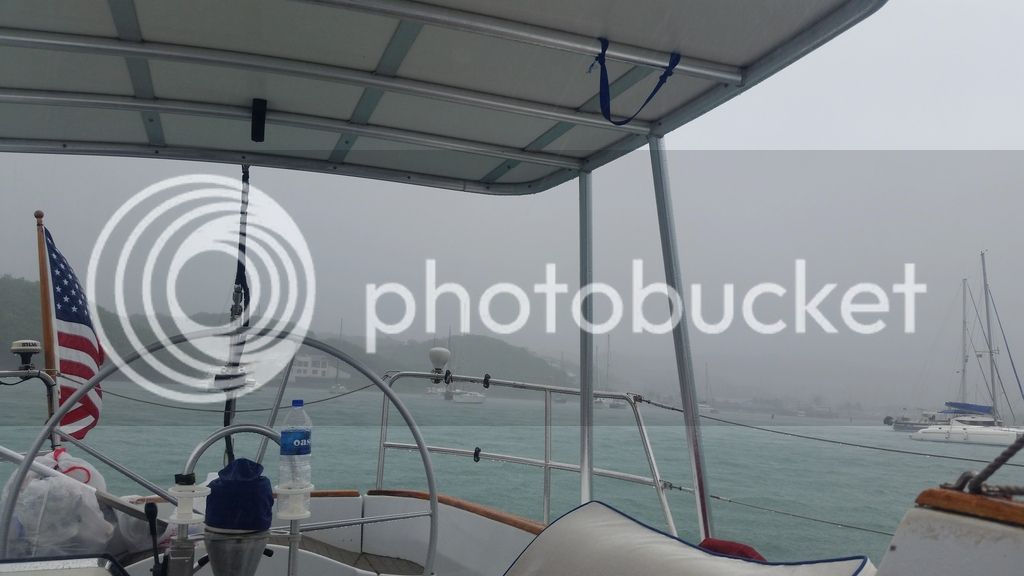Owly055
Well-Known Member
- Joined
- Feb 28, 2014
- Messages
- 3,008
- Reaction score
- 686
I'm trying to determine if it is at all possible to brew beer while voyaging. I'm planning to spend 3 to 10 years voyaging on a trimaran in the various oceans of the world starting from the left coast. Here are the problems as I see them:
Boil safety:
The boil is the greatest hazard, and would require a brew kettle and burner that are secure. The kettle should be higher than normal for the volume, with the top portion narrowed to prevent hot wort from sloshing out. I'm imagining a custom built close fitting insert in a standard stock pot. The insert would be kind of like an inverted funnel shape. The process would be BIAB of course. No boil / no chill might be the best, using a "hop decoction". (thumbing my nose at the language gestapo again)
Logically the burner should be attached right to the boil kettle/mash tun, and the entire thing mounted in an assembly similar to the Sea Swing Stove though scaled up.
http://classiccampstoves.com/threads/optimus-45a-in-bremer-sea-swing.15673/
Keep brew sizes down to 2 or 3 gallons to make them manageable
Of course brew only in mild conditions. On a trimaran or cat sailing downwind in the trades, not pushing for max speed, the ride can be quite smooth.
Fermentation:
The fermenter would be a "steep conical" like the Fast Ferement (just bought one yesterday), to encourage trump to settle fairly tightly. It might need to be kept in a swinging mount......maybe.
Temp control will be a near impossibility, at least anything below seawater temperature. Seawater temp in Polynesia ranges from 86F to 89F, which means that yeast suitable to those temps is necessary, and/or a small 12 volt solar powered pump and a cloth jacket to give evaporative cooling. The salt build up would probably result in needing to wash the jacket every day. I would expect that with evaporative cooling it would be possible to maintain temps around 70 in a shaded location using a periodic squirt system of some sort. Belle Saison might be an ideal yeast for this, as I like the flavors it throws when fermented hot.
Material stowage. That is a simple matter for grain. Just break it down into suitable units and vacuum seal it with a food saver. Hops are just going to lose some of their potency unless they can be refrigerated, and that is a dubious proposition.
Material availability.......... a real problem. Panama City, Valparaiso, nothing I know of in French Polynesia, though there is a brewery in Papeete, and of course NZ and OZ both have home brew materials. Oz Brew in Darwin, so Darwin is a MUST STOP passing through the Torres Straits toward the Indian Ocean. Juan Brew located off the South Luzon Expressway south of Manila is a microbrewery and supply store, and the Philippines is a great cruising ground. HK Brewcraft in Hong Kong. Indonesia is kind of a loss cause, but there are two home brew stores in Singapore, and while it is illegal to home brew in Thailand, the fines are small and it's not enforced, and Thailand has 4 home brew stores, none of the websites list the locations, just phone numbers, so I assume that they operated sub rosa. Most of Africa outside of South Africa is a loss cause it would seem, so one had better stock up in Durban, or Capetown. Buenos Aries has at least one, but not Monte Video, and Brazil looks pretty empty. There is at least one in Puerto Rico, and no doubt an abundance of them in the European countries and the Med. And of course Scandinavia.
Brewing with unconventional materials.... sweet potatoes, Bananas & Plantains, both Taro and Breadfruit have been used in beer, as has Papaya, including roasted payaya seeds. The sap of a number of species of palm is sweet enough that it is fermented into palm wine, yielding about 4% ABV without concentrating it. Sugar and honey are available almost anywhere, and used with malt that has been mashed at a higher temp to make it less fermentable, along with some dark crystal can make a pretty decent beer.
The possibilities are endless. What is clear to me is that a goodly supply of amylase might be a Godsend.
So when I sail off into the 7 seas, does that mean I have to abandon home brewing? I think not. It means that I have to go to greater lengths and employ more imagination, and know in advance where the nearest homebrew store is. Realistically, as I will be sailing single or double handed, carrying enough malt to keep me supplied should not present much of a challenge. 100 pounds of two row, some crystal, and a couple pounds of hops will brew a lot of beer........... about 50 gallons without any adjuncts. At 2 pints a day that's 100 days of beer for 2 people. If a person can't stretch that out to 6 months by using creative adjuncts, he isn't much of a brewer!!
H.W.
Boil safety:
The boil is the greatest hazard, and would require a brew kettle and burner that are secure. The kettle should be higher than normal for the volume, with the top portion narrowed to prevent hot wort from sloshing out. I'm imagining a custom built close fitting insert in a standard stock pot. The insert would be kind of like an inverted funnel shape. The process would be BIAB of course. No boil / no chill might be the best, using a "hop decoction". (thumbing my nose at the language gestapo again)
Logically the burner should be attached right to the boil kettle/mash tun, and the entire thing mounted in an assembly similar to the Sea Swing Stove though scaled up.
http://classiccampstoves.com/threads/optimus-45a-in-bremer-sea-swing.15673/
Keep brew sizes down to 2 or 3 gallons to make them manageable
Of course brew only in mild conditions. On a trimaran or cat sailing downwind in the trades, not pushing for max speed, the ride can be quite smooth.
Fermentation:
The fermenter would be a "steep conical" like the Fast Ferement (just bought one yesterday), to encourage trump to settle fairly tightly. It might need to be kept in a swinging mount......maybe.
Temp control will be a near impossibility, at least anything below seawater temperature. Seawater temp in Polynesia ranges from 86F to 89F, which means that yeast suitable to those temps is necessary, and/or a small 12 volt solar powered pump and a cloth jacket to give evaporative cooling. The salt build up would probably result in needing to wash the jacket every day. I would expect that with evaporative cooling it would be possible to maintain temps around 70 in a shaded location using a periodic squirt system of some sort. Belle Saison might be an ideal yeast for this, as I like the flavors it throws when fermented hot.
Material stowage. That is a simple matter for grain. Just break it down into suitable units and vacuum seal it with a food saver. Hops are just going to lose some of their potency unless they can be refrigerated, and that is a dubious proposition.
Material availability.......... a real problem. Panama City, Valparaiso, nothing I know of in French Polynesia, though there is a brewery in Papeete, and of course NZ and OZ both have home brew materials. Oz Brew in Darwin, so Darwin is a MUST STOP passing through the Torres Straits toward the Indian Ocean. Juan Brew located off the South Luzon Expressway south of Manila is a microbrewery and supply store, and the Philippines is a great cruising ground. HK Brewcraft in Hong Kong. Indonesia is kind of a loss cause, but there are two home brew stores in Singapore, and while it is illegal to home brew in Thailand, the fines are small and it's not enforced, and Thailand has 4 home brew stores, none of the websites list the locations, just phone numbers, so I assume that they operated sub rosa. Most of Africa outside of South Africa is a loss cause it would seem, so one had better stock up in Durban, or Capetown. Buenos Aries has at least one, but not Monte Video, and Brazil looks pretty empty. There is at least one in Puerto Rico, and no doubt an abundance of them in the European countries and the Med. And of course Scandinavia.
Brewing with unconventional materials.... sweet potatoes, Bananas & Plantains, both Taro and Breadfruit have been used in beer, as has Papaya, including roasted payaya seeds. The sap of a number of species of palm is sweet enough that it is fermented into palm wine, yielding about 4% ABV without concentrating it. Sugar and honey are available almost anywhere, and used with malt that has been mashed at a higher temp to make it less fermentable, along with some dark crystal can make a pretty decent beer.
The possibilities are endless. What is clear to me is that a goodly supply of amylase might be a Godsend.
So when I sail off into the 7 seas, does that mean I have to abandon home brewing? I think not. It means that I have to go to greater lengths and employ more imagination, and know in advance where the nearest homebrew store is. Realistically, as I will be sailing single or double handed, carrying enough malt to keep me supplied should not present much of a challenge. 100 pounds of two row, some crystal, and a couple pounds of hops will brew a lot of beer........... about 50 gallons without any adjuncts. At 2 pints a day that's 100 days of beer for 2 people. If a person can't stretch that out to 6 months by using creative adjuncts, he isn't much of a brewer!!
H.W.



